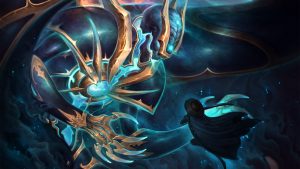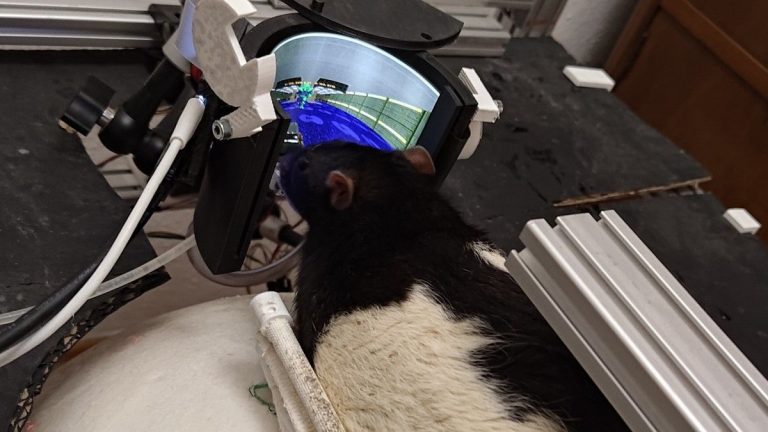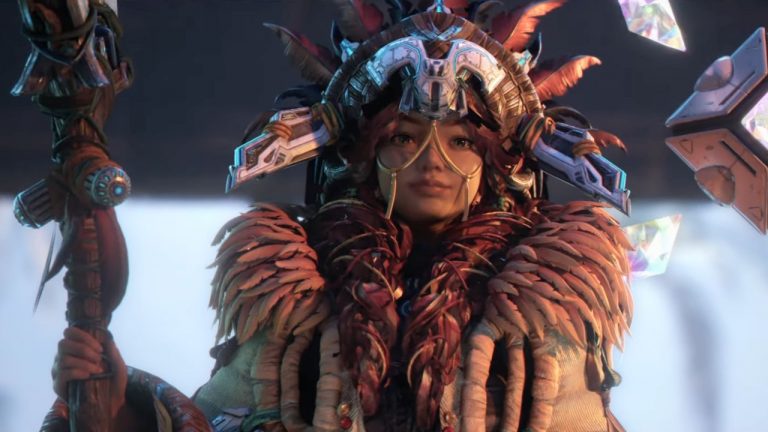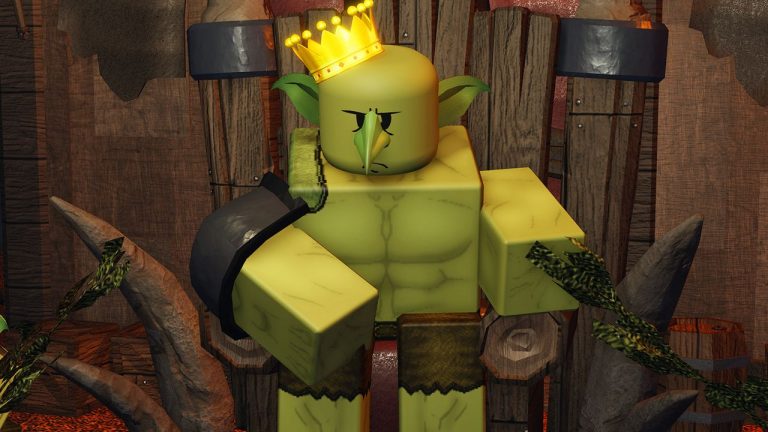I love the way Harold Halibut looks. It’s “a handmade narrative game about friendship and life on a city-sized spaceship submerged in an alien ocean,” which is an intriguing premise in its own right, but the “stop-motion aesthetic” reminds me of those classic holiday movies from the ’60s, and games like The Neverhood and Armikrog. That style, which we got a closer look at in a new trailer that appeared today in the PC Gaming Show, was actually born in part out of simple necessity.
“The very first proof of concept for this game was Harold’s room,” Harold Halibut art director Ole TIllman told me. “It was made from painted wood because it was what Fabian Preuschoff, Daniel Beckmann and Onat Hekimoglu were able to work with.
“At that point, many years ago, none of them were skilled enough in any of the usual art-for-games-making skills. They were however quite skilled in real-world-crafting up a beautiful little room with a little bull eye to the sea. They then invited me to the project as a concept artist but we quickly got swept up together in the world building.”
The team experimented with using stop-motion to make the game but ultimately decided it was “too restrictive” and time consuming. Instead, they continued to build physical assets and, as the development team grew and gained experience—Tillman said a lot of Harold Halibut’s 10-year development period was simply “learning and figuring things out”—scanned them in three dimensions, enabling them to be used as conventional game assets. Most of the in-game animation is actually motion-captured and then applied to “digitally rigged” 3D puppets, which enabled the small team at Slow Bros to create a large library of animations.
“Even though we did it this way rather than actually using stop-motion animation it obviously still took us a long time,” Tillman said. “People understandably often assume that’s because we built it by hand. I think the actual art asset-making takes a similar amount of time to 3D models built digitally from scratch, at the same level of fidelity.”
Tillman said the studio’s approach to Harold Halibut’s visuals was “limiting in a good way,” because its restrictions enabled (or maybe forced) the team to get creative with what it had. Abstractly, at least, he said it’s a bit like playing in a sandbox.
“Once you’re just dealing in ‘all sand’ you can focus and make something,” he explained. “It’s different when you’re faced with a digital million-plus color palette and software UI. Not having a control-Z button also made a big difference. It’s a little more committed, hard to redo or undo choices you’ve already made.”
He also believes that Harold Halibut’s visual style helps draw people into the game because there’s a more palpable sense of physicality to it, and possibly some subconscious connections to toys we’ve played with as children. And even though it’s far from photorealistic, he thinks it can actually cleave closer to reality at times because it’s made from real things.
(Image credit: Slow Bros)
(Image credit: Slow Bros)
(Image credit: Slow Bros)
As for Harold Halibut’s story—a tale of a city-sized rocketship stranded beneath an alien ocean, and the people who live on it—Tillman said it’s not inspired by anything in particular, but emerged from “foundational concepts” the team found interesting. “[Being] underwater was a big theme, an encapsulated/isolated society, relationships,” he said. “I would guess that we landed on friendship and [the concept of] ‘where’s home’ because we were writing this in our early to mid twenties and I think that was an innate theme for the time. But that’s a very retrospective insight.”
Harold Halibut is expected to launch on Steam in early 2024.












